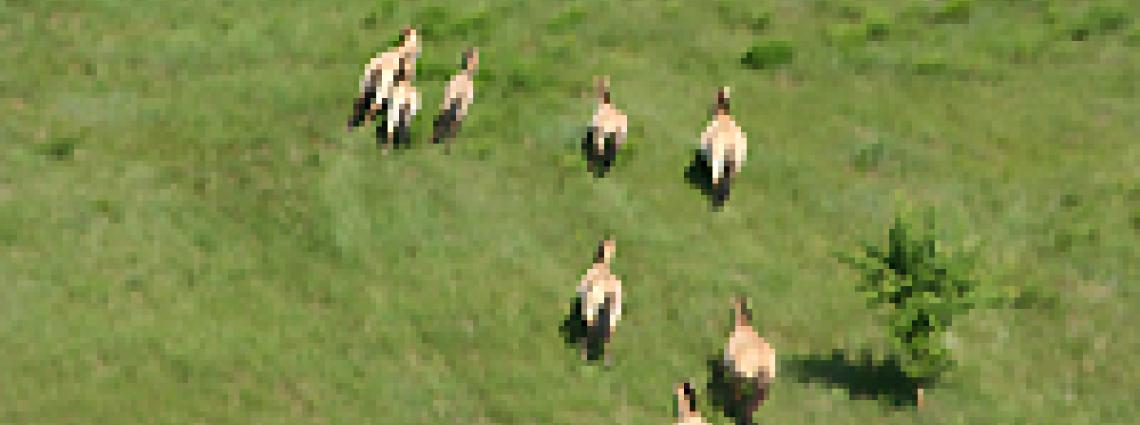CTBTO conducts field exercise in Chernobyl
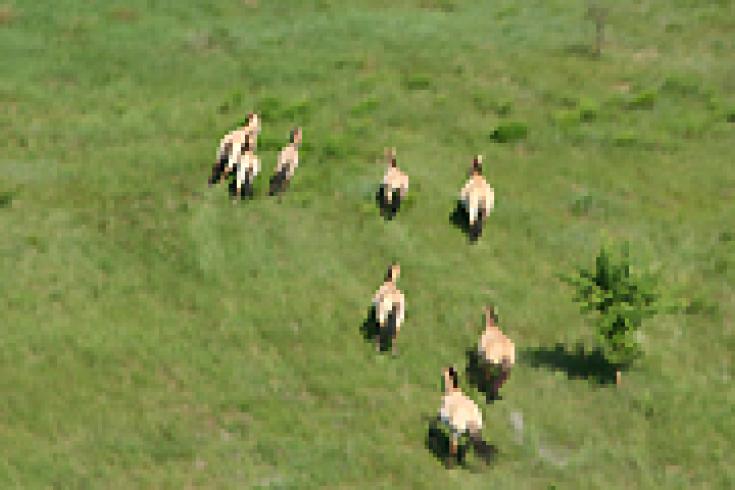
The sight of wild horses is not uncommon in the Chernobyl exclusion zone.
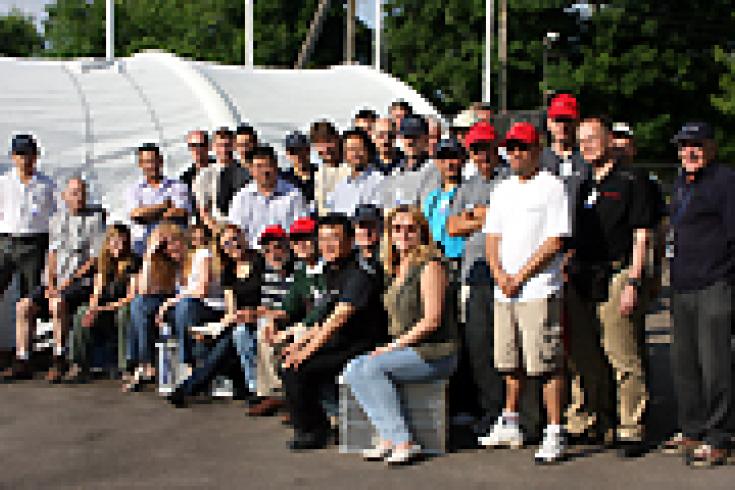
The team consisted of 36 experts from 21 countries and the CTBTO.
Realistic setting in the Chernobyl exclusion zone
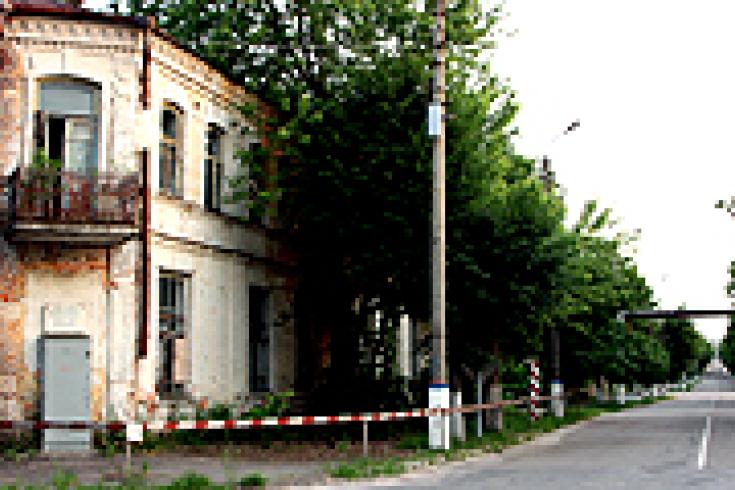
Chernobyl's streets are empty and buildings are falling apart.
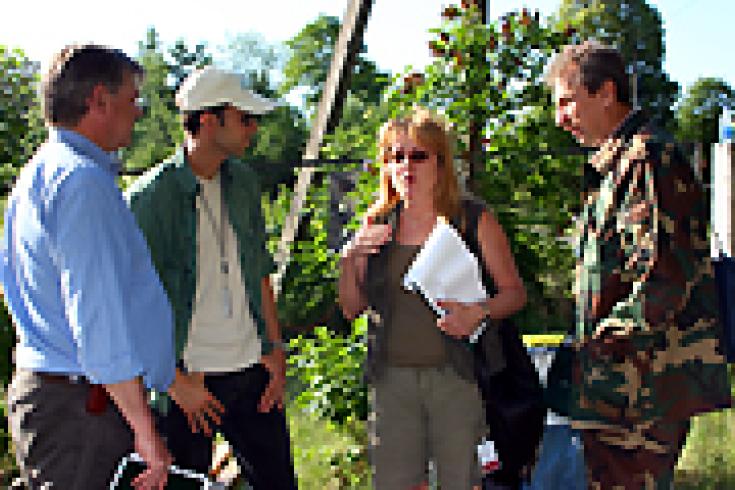
Project manager Gregor Malich (2nd from left) in discussion with Sergey Kireev from the Ministry of Emergency Situations (right; with CTBTO staff John Anderson and Irina Hofstetter).
It's all about procedures
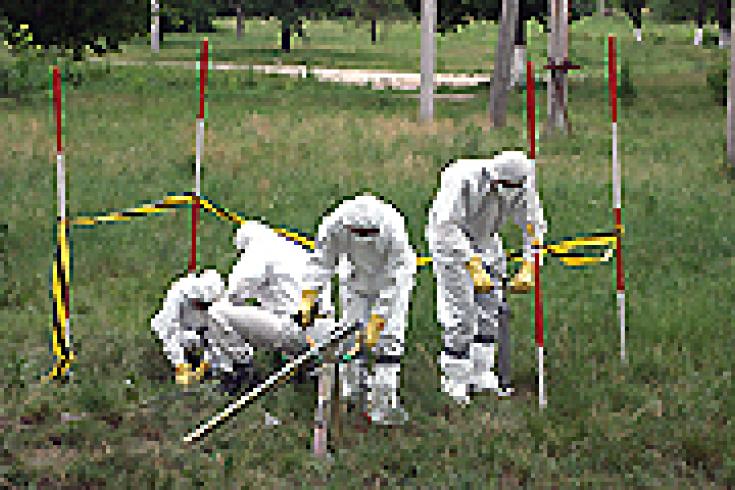
The environmental sampling team collects samples of vegetation, water and soil.
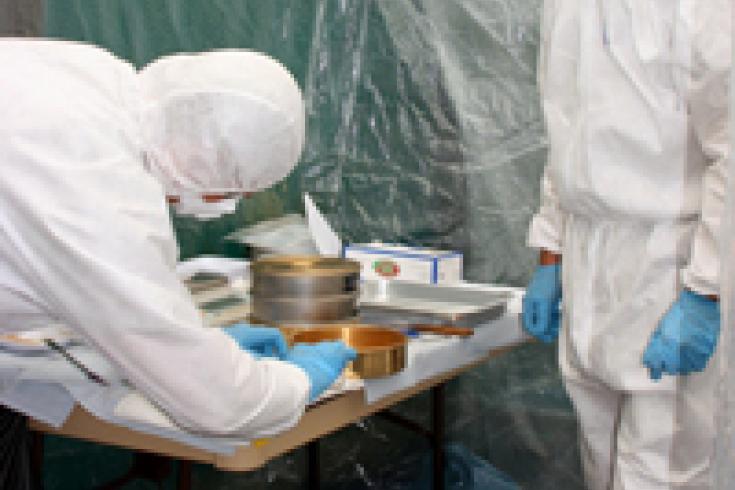
All samples are analyzed in a field laboratory.
Logistical challenges

The headquarters of the OSI exercise in Chernobyl.
Monitoring contamination
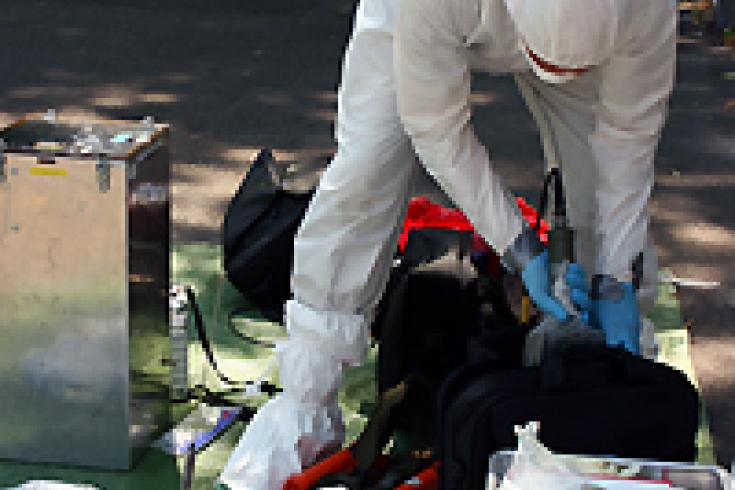
Upon return to base all instruments are screened to prevent cross-contamination.
Benefiting from lessons learned
28 Mar 2008
